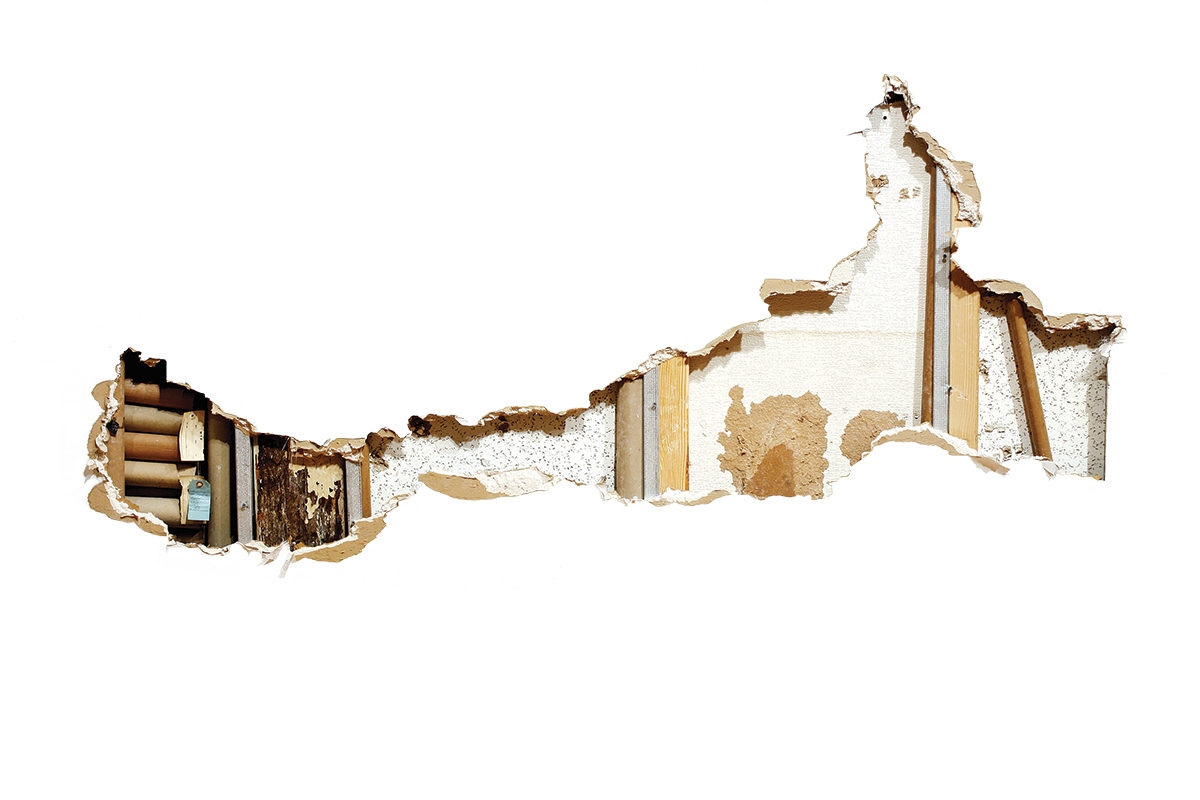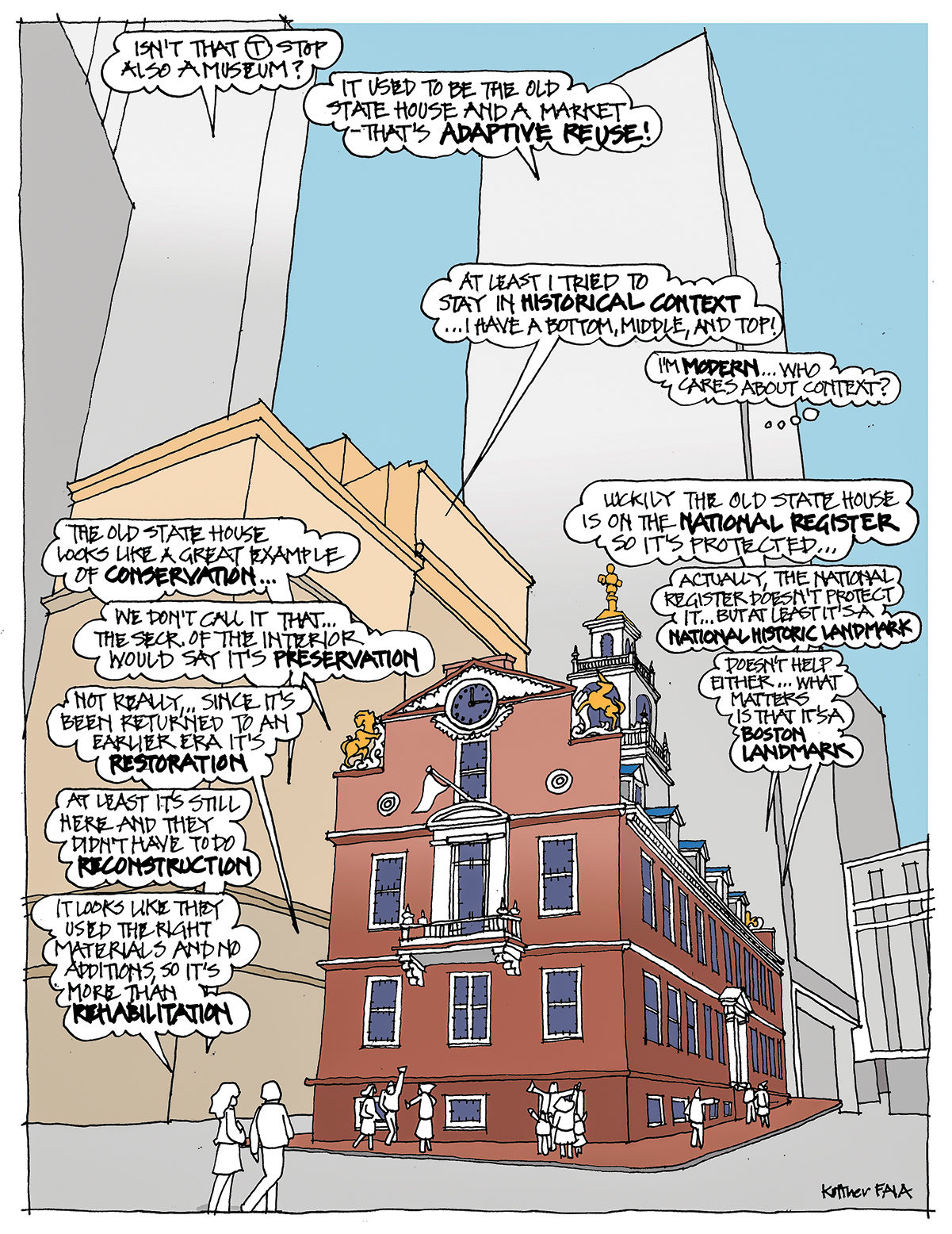The notion of a “preservation architect” has often been treated as an oxymoron, subversive of architecture’s fundamental professional identity as the creator of new buildings. And yet about 70 percent of architects’ billable hours are devoted to existing buildings. The view of the architects doing preservation work as unimaginative, marginal figures is now completely anachronistic; but it still hangs about as a cloying vestige of the mindlessly wasteful go-go days of post–World War II urban renewal and sprawling development practices.
During that period, as schools of architecture embraced modern form and pedagogy, preservation seemed irrelevant and an “obstructionist” threat to architecture. Walter Gropius, as an architecture professor at Harvard, expressed impatience with the “tendency to stand wailing at the grave of the 19th century . . . dissipat[ing] our strength by fighting battles for . . . monuments to a particularly insignificant period . . . which, still unsure of its own mission, threw the Roman toga around its limbs to appease its nagging doubts.” Gropius simply dismissed the 1963 loss of Pennsylvania Station, which preservationists view as foundational in inspiring the emergence of the modern preservation movement.
Today, 50 years after Gropius’ pronouncements and despite the rise of new urbanism, Postmodernism, and an ethic of sustainability, preservation architecture is still often treated with condescension and hostility. Rem Koolhaas has complained about the “relentless” escalation of the scale of preservation work and the imagined effort to freeze place and identity, which, in his mind, frustrates the natural (and quite lucrative) evolution of architecture, cities, and landscapes. This position is increasingly untenable. Given architecture’s interest in climate change, resource depletion, and LEED Platinum ratings, we can no longer avoid the basic reality that we do not build enough new buildings in a year, a decade, or a generation to make a significant dent in energy consumption, resource depletion, or environmental pollution. We need to preserve our way out of environmental crisis. We need to imaginatively make maximum use of what we already have and build new only what we absolutely require. Historic preservation and adaptive reuse, not green building, should properly be conceived of as the keystone of sustainability. Creative and elegant recycling of buildings and cities, not an obsession with shallow fads and passing styles, needs to stand at the forefront of architectural pedagogy and practice.
Currently the National Architectural Accrediting Board does not require historic preservation training in schools of architecture. There is a requirement for education that helps students understand their responsibility for stewardship of the environment and natural resources, but no requirement for drawing the logical conclusion and teaching students how to approach existing buildings and places. Some schools pride themselves on their design-build operations, but we look far and wide to find similar studio or field-based work that starts with an existing building and dives in — not as mere context but as the stuff of architecture itself. Why should student designers have to leave architecture schools and find their way to Boston’s North Bennett Street School or Canada’s Willowbank to find the design challenges of existing buildings treated seriously and professionally?
Viewing preservation architecture as central to the profession, as cutting-edge work, would dovetail nicely with the social and environmental ethics, and community and cultural responsibility that architects cite as essential components of practice. So, advice for continuing education for today’s architects and architects-to-be: Be edgy — be a preservation architect.


